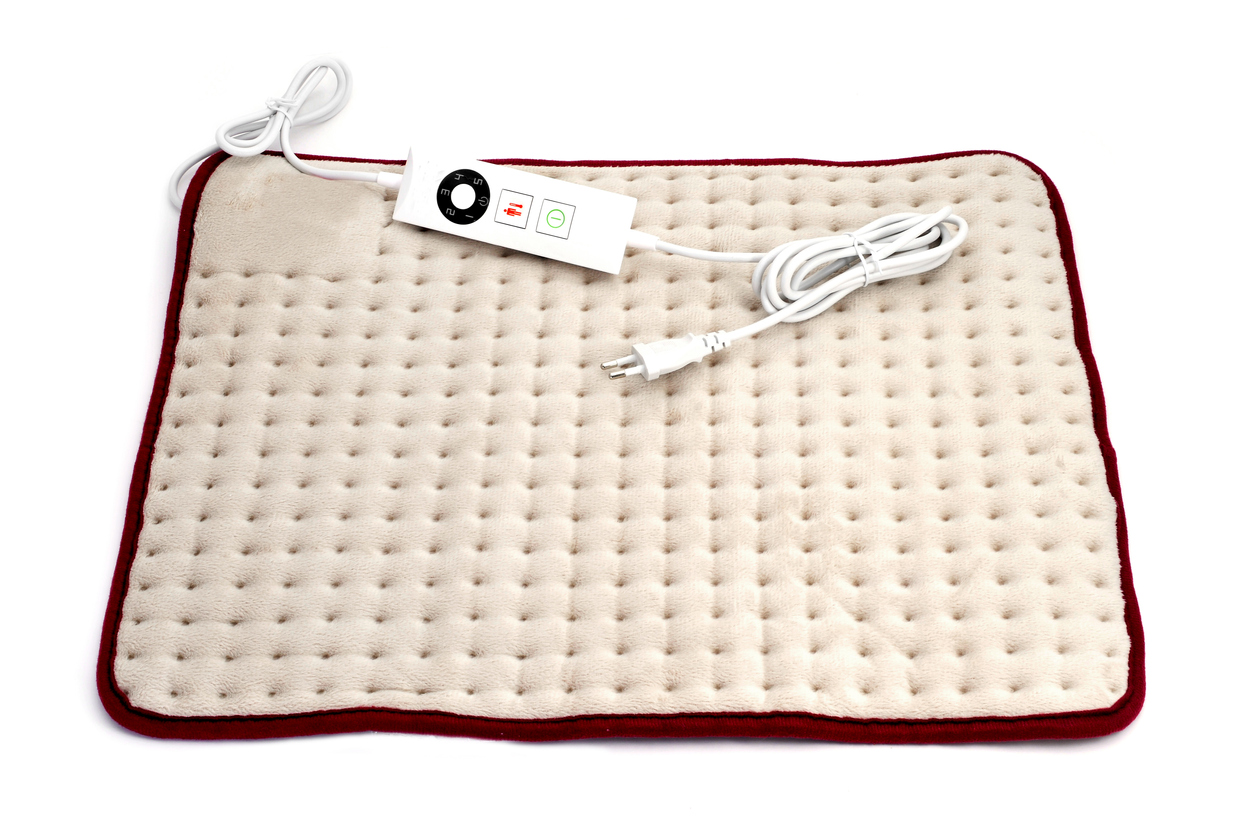Pain
Types of Spinal Fractures

What is a spinal fracture?
A spinal fracture, also known as a vertebral fracture or a broken back, is a fracture in any of the 33 vertebrae that make up the spinal column. In some cases, a spinal fracture can compress or otherwise compromise the spinal cord.
Types of spinal fractures
Spinal fractures are categorized in various ways. Fractures are either stable or unstable and minor or major. They are also categorized into 3 different patterns: flexion, extension or rotation. Flexion pattern spinal fractures impede the spine from bending forward. Extension pattern spinal fractures occur due to forced, abnormal extension or pulling of the bones in the spine. Rotation pattern spinal fractures include transverse process fractures or fracture-dislocations.
Stable vs. unstable fractures
A stable fracture does not cause spinal deformity or neurological issues. With this type of fracture, the spine can still carry and distribute weight effectively.
An unstable fracture can cause spinal deformity or neurological issues. The fracture can progress and cause more damage. The spine can no longer carry and distribute weight effectively.
Minor vs. major fractures
A minor fracture refers to fractures in which part of the back of a vertebra is broken, such as the spinous processes or facet joints. In most cases, these fractures do not cause spinal instability.
A major fracture refers to fractures of the vertebral body, pedicles, or lamina. An injury to these areas is considered major as it can make it difficult for vertebrae to align properly. Spinal stability may be affected and neurological issues may develop.
Flexion pattern spinal fractures
Flexion pattern spinal fractures impede the spine from bending forward. Examples of flexion pattern spinal fractures include compression fracture (wedge or crush) and burst fracture.
Compression fracture
A compression fracture is a fracture of the vertebra in which the height of the vertebrae decreases by at least 15–20%. This type of fracture can occur anywhere in the spine, but it most commonly occurs in the thoracic spine.
- Wedge fracture (osteoporotic fracture) is a compression fracture that occurs as a result of osteoporosis. It typically occurs in the front of the vertebra resulting in a wedge-shaped vertebra.
- Crush fracture is a compression fracture when the entire vertebra breaks, rather than just the front.
Burst fracture
A burst fracture, also referred to as an axial burst fracture, occurs as a result of extreme force causing multiple fractures in one vertebra. It involves the loss of height in both the front and back walls of the vertebral body. These fractures are typically unstable; bone fragments can spread out, resulting in progressive deformity and neurological issues. This type of fracture may result in spinal cord injury. A burst fracture generally occurs as a result of a trauma, fall, or car accident.
Extension pattern spinal fractures
Extension pattern spinal fractures occur from forced, abnormal extension or pulling of the bones in the spine. An example of an extension pattern spinal fracture is flexion-distraction fracture.
Flexion-distraction fracture
A flexion-distraction fracture is also known as a Chance fracture or seatbelt fracture. This type of fracture occurs when the spine flexes and then extends with too much force. It typically occurs in the thoracolumbar junction. In these fractures, the bone elements of the spine can fracture and the ligaments remain intact. This type of fracture is very unstable and can involve other injuries. They typically occur as a result of a car accident.
Rotation pattern spinal fractures
Examples of a rotation pattern spinal fractures include transverse process fracture and fracture-dislocation.
Transverse process fracture
A transverse process fracture is a rare type of spinal fracture. Each vertebra has two transverse processes, extensions of the side of the vertebra, which link to muscles and ligaments. The fracture occurs when part or all of the transverse process chips off. While quite painful, there is no spinal cord involvement. It often occurs as a result of abnormal bending to one side, violent twisting, or a car accident.
Fracture-dislocation
This occurs when an existing fracture is present and the vertebra moves or dislocates. This can result in a very unstable spine.














